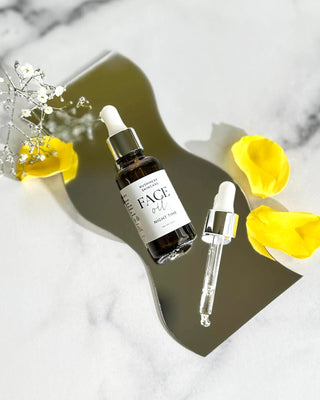In recent years, there has been a huge shift in attitudes towards discussing and acknowledging the menopause.
When I was younger, it was something that was kept a huge secret.
I was vaguely aware of it, but no one talked about it openly. And if it did ever come up in a conversation, it was talked about with embarrassment, like somehow the person was less of a woman.
When I started to go through the menopause, there was still a bit of a stigma. I didn't tell anyone, not even my best friends and it was certainly never something we discussed much beyond joking about hot flushes.
Thankfully over the last few years, things have changed hugely for the better.
Discussions about menopause are now open, honest and frank. It is like a breath of fresh air to see these changes happen.
Menopause is not something to be ashamed of or something to hide away from. It is a perfectly natural process.
Here's to keeping those conversations going.
Understanding what happens
As women approach menopause, their bodies undergo a seismic hormonal shift, primarily characterised by a decline in oestrogen levels.
This hormonal adjustment is far from simple, it affects many aspects of health and well-being, both internal and external. The skin is one of the very obvious things to undergo changes.
The impact of diminished oestrogen
Oestrogen plays a pivotal role in maintaining skin health. It stimulates collagen and elastin production, proteins essential for skin elasticity and firmness.
Additionally, oestrogen contributes to skin hydration by enhancing the ability of the skin to retain moisture.
As oestrogen levels drop during menopause, the skin may exhibit several noticeable changes:
-
Decreased Elasticity and Firmness: The reduction in collagen and elastin leads to a loss of skin firmness, resulting in the appearance of fine lines and wrinkles.
-
Dryness and Sensitivity: Lowered oestrogen levels affect the skin's moisture barrier, making the skin drier and more prone to sensitivity.
-
Thinning of the Skin: The skin's dermal layer becomes thinner, making it more susceptible to injuries, bruising, and the visible impact of UV radiation.
The role of lifestyle and environmental factors
While hormonal changes are at the heart of menopausal skin transformation, lifestyle and environmental factors can exacerbate these effects.
Sun exposure, smoking, and diet all play significant roles in skin health during menopause.
Protecting the skin from UV rays, adopting a nutrient-rich diet, and avoiding smoking can mitigate some of the adverse effects of menopause on the skin.
Navigating skin care during menopause
Adapting skincare routines to address these changes is crucial.
Moisturising becomes even more important to combat dryness, with products containing ingredients that support collagen production, such as retinoids and peptides, can also help in maintaining skin's elasticity.
The importance of individual needs
Just like the discussion around essential oils in skincare, the approach to managing menopausal skin changes is not one-size-fits-all.
Each woman's experience of menopause is unique, influenced by genetics, overall health, and lifestyle. Therefore, skincare choices should be personalised, taking into account individual sensitivities and skin concerns.
Conclusion
The journey through menopause is a natural phase of life, bringing with it changes that reflect the body's internal shifts. Understanding these changes, their reasons, and how to adapt skincare practices can empower women to navigate this transition with confidence.
Like any other period of life, menopause calls for an informed, thoughtful approach to skincare, recognising the unique needs and beauty of the skin at every age.


